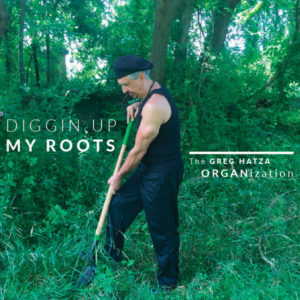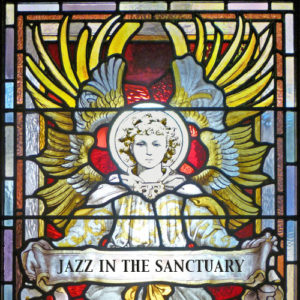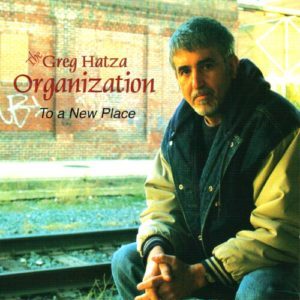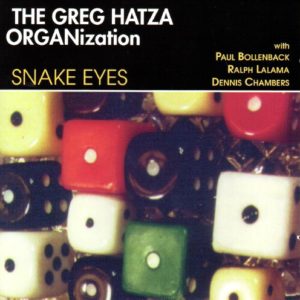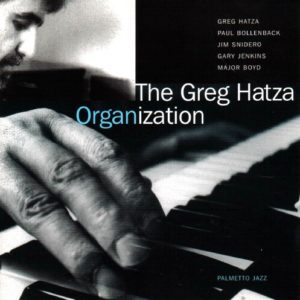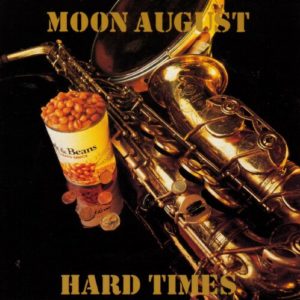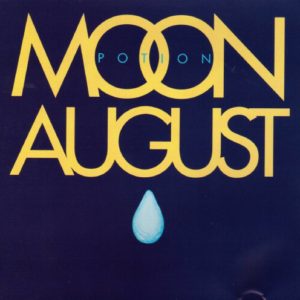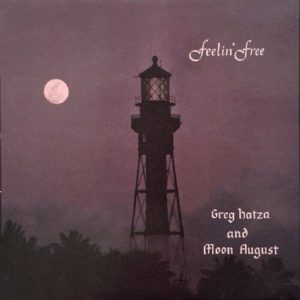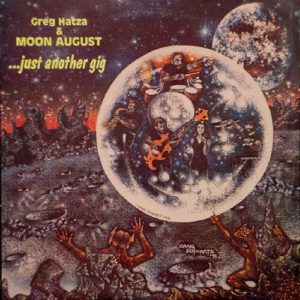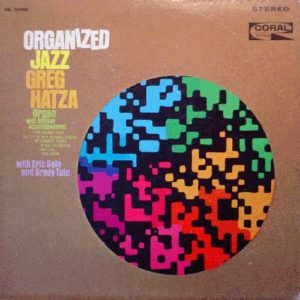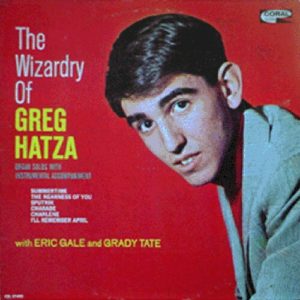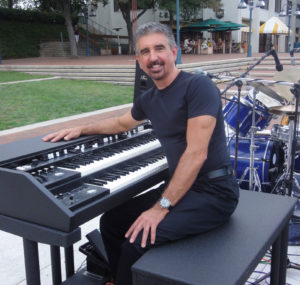 A native of Reading, Pennsylvania, Greg Hatza’s musical instincts came to him as early and as naturally as the ability to walk, and he was picking out blues and boogie woogie tunes on the piano around age four before starting formal lessons shortly thereafter. The Hammond B-3 became his life’s obsession as a teenager, when a friend turned him on to records by Jimmy Smith, Jimmy McGriff, Ray Charles, and Johnny Hammond Smith. His first professional gig on the instrument came when he was 16, with the Frankie Scott Trio, where he played around small towns in central Pennsylvania.
A native of Reading, Pennsylvania, Greg Hatza’s musical instincts came to him as early and as naturally as the ability to walk, and he was picking out blues and boogie woogie tunes on the piano around age four before starting formal lessons shortly thereafter. The Hammond B-3 became his life’s obsession as a teenager, when a friend turned him on to records by Jimmy Smith, Jimmy McGriff, Ray Charles, and Johnny Hammond Smith. His first professional gig on the instrument came when he was 16, with the Frankie Scott Trio, where he played around small towns in central Pennsylvania.
Because there were no jazz organ instructors at the time, Greg was largely self-taught, picking up most of his insider knowledge from the organ players at jam sessions at a local club called the Grand Hotel. It was the Grand that Baltimore Colts football great and jazz fan Lenny Moore asked the teenager to perform at a club he was opening in Baltimore. Moore became Greg’s manager and Baltimore became Greg’s home. The organist played at the club for four years and was something of a young jazz lion himself, recording two albums for MCA subsidiary label Coral Records, The Wizardry of Greg Hatza and Organized Jazz.
In the late sixties, Baltimore was still an organ town and had its share of great players. It was here that Greg really got a chance to hone his jazz organ skills by playing with the best musicians in town. Lenny’s club was a great stopping point for national jazz artists who came to Baltimore to perform. It was here that Greg met his mentor Jimmy Smith and got to play with him. Smith later advised Greg on his soon to be recorded albums. He also met and got to play in jam sessions with such personalities as Kenny Burrell, Groove Holmes, Damita Joe, Philly Joe Jones, Roland Kirk, Les McCann, James Moody, and Sonny Stitt.
With the trend towards more advanced electronic keyboard and rhythms, Greg adapted to the trend, switching from the Hammond B-3 to the electric keyboard and piano. He played in different be-bop groups and as a member of his contemporary fusion band Moon August, selected as the number one jazz group from over fifty contestants at the First Annual Jazz Quest held at the 1983 Eubie Blake Festival. Moon August was named as the number one jazz band in the Maryland/Washington area by Maryland Musician Magazine from 1985 to 1987. In 1999, Moon August was awarded the title “Cultural Ambassadors” for the city of Baltimore under then Mayor Kurt Schmoke. The group traveled to Kawasaki, Japan for the 20th anniversary celebration of the Kawasaki/Baltimore Sister City Exchange.
In the meantime, Greg expanded his stylistic scope to include distinct ethnic elements. In 1974, he began to study tabla and later sitar. He continued his studies for ten years under Ustad Hamid Hossain. He traveled around the U.S., India, and Bangladesh with Hamid, performing ragas on piano. In 1986, he won 1st place on tabla in the annual “All Indian Music Competition” held at UMBC in Maryland. In addition, Greg studied classical music on the erhu, a two-stringed Chinese fiddle, under Shanghai instructor, Liang Shan Tang.
Greg Hatza’s formal education includes a Bachelor’s degree in Composition from the Peabody Conservatory and a Master’s from Towson State University, where he subsequently taught jazz, piano composition, improvisation and music theory for many years. He also performed with the Towson Jazz Faculty Quartet in St. Petersburg, Russia.
In 1994, Greg met Joey DeFranscesco who told him the Hammond B-3 was enjoying a popular renaissance. He formed the Greg Hatza ORGANization and has been performing and recording on the instrument non-stop since that time. For the last fifteen years, in partnership with the Rev. Dred Scott, they formed a group called Jazz in the Sanctuary. Based in Baltimore, they perform jazz-gospel concerts throughout the tri-state area. Greg currently serves as the Choir and Music Director at St. Gregory the Great Church in Baltimore. He also performs Indian/World Fusion music with the Grammy nominated group Melodic Intersect.

